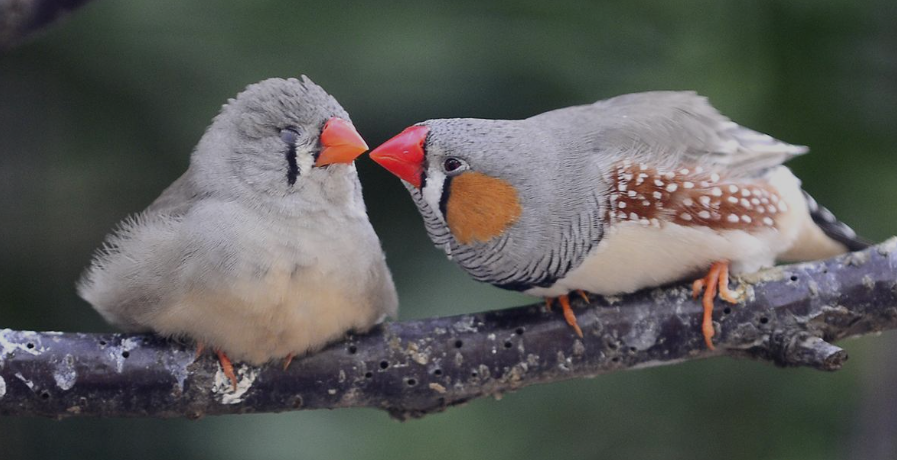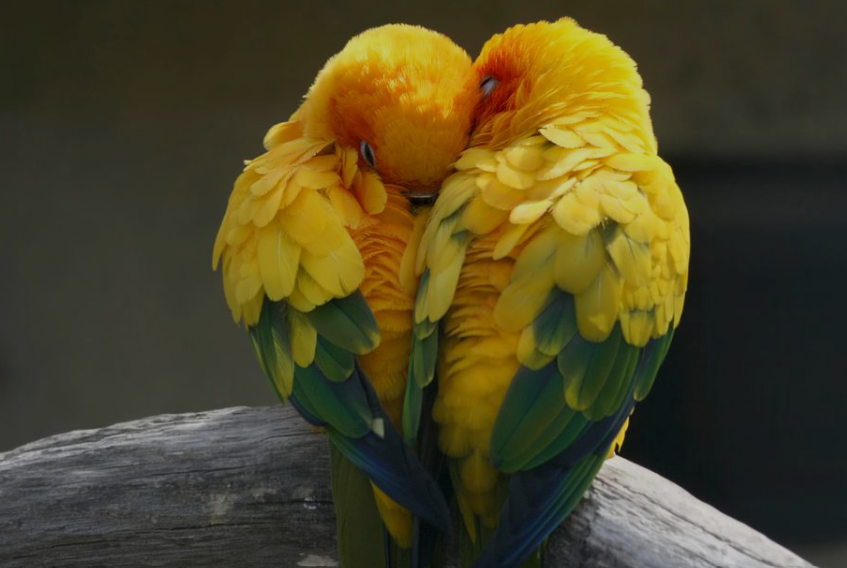
Among the many creatures of the natural world, some species form partnerships that endure across the seasons. These animals find a single partner and remain devoted to them, often for many years, and sometimes for their entire lives. This commitment goes beyond a single breeding cycle, creating a stable foundation for raising offspring.
The process begins with intricate and often synchronized courtship rituals. Potential partners engage in elaborate dances, vocal duets, or gift-giving ceremonies. These displays are not merely for attraction but serve to strengthen the pair’s connection and ensure compatibility.
Once a pair is formed, their collaboration becomes the cornerstone of their survival and reproductive success. They work in unison to defend a chosen territory from rivals and predators. Together, they undertake the monumental tasks of nest-building, incubating eggs, and tirelessly foraging to feed their hungry young.
The connection between these partners often appears deeply emotional. They engage in frequent behaviors that reinforce their bond, such as preening each other’s feathers, sitting closely together, and communicating with soft, unique calls. These acts of affection maintain their relationship throughout the year, not just during the breeding season.

Birds That Mate For Life
Mute Swan
Mute swans are well known for their lifelong pair bonds. Once they find a mate, the pair remains together, raising multiple broods over the years. Their synchronized movements and courtship displays, such as facing each other with arched necks, symbolize loyalty and unity.
Bald Eagle
Bald eagles typically form monogamous bonds that last for life, returning to the same nesting site year after year with their partner. Together, they build massive nests called eyries, sometimes weighing hundreds of pounds, and share parenting duties equally.
Albatross
Albatrosses are famous for their lifelong partnerships, often formed after years of elaborate courtship dances. Once paired, they may spend long months apart at sea but return to the same mate and nesting site every breeding season.
Canada Goose
Canada geese are devoted partners that mate for life, often forming bonds at a young age. If one partner dies, the survivor may mourn and avoid taking another mate for a long time. Their loyalty is often visible as they migrate and raise young in close-knit family groups.
Sandhill Crane
Sandhill cranes develop lifelong pair bonds strengthened by coordinated dances and unison calls. These pairs stay together year-round and cooperate in raising chicks, teaching them migratory routes, and protecting them from predators.
Barn Owl
Barn owls frequently form monogamous pairs that return to the same nesting sites annually. Mates share responsibilities, with males hunting for food while females incubate eggs, ensuring the survival of their young through close cooperation.
Whooping Crane
One of the rarest birds in North America, whooping cranes also practice lifelong monogamy. Their courtship includes dramatic leaping and dancing displays, and once paired, they remain faithful throughout their lives.
Black Vulture
Black vultures display strong monogamous bonds, often staying close to their partners throughout the year. They are unusual among scavenger birds for their strong pair loyalty and cooperative nesting habits.
Atlantic Puffin
Atlantic puffins, sometimes nicknamed “sea parrots,” return to the same nesting burrows with the same mate year after year. Both parents take turns incubating eggs and feeding chicks, maintaining a lasting and cooperative bond.
Lovebird
True to their name, lovebirds form strong pair bonds that often last for life. They spend much of their time preening one another, feeding together, and rarely separating, making them symbols of affection and fidelity.
Laysan Albatross
These seabirds return to the same colonies year after year, reuniting with their lifelong partners. Their elaborate courtship rituals, including synchronized dancing and bill clacking, reinforce the bond before breeding begins.
Osprey
Ospreys often form long-lasting pair bonds, reuniting each breeding season at the same nest site. The pair shares responsibilities equally, with the male catching fish while the female tends to the nest and chicks.
European Starling
While not all starlings mate for life, many pairs remain together across multiple seasons. Their close bond is reflected in cooperative nesting, feeding, and vocal displays that help maintain their partnership.
Northern Gannet
Northern gannets form lifelong bonds, nesting in dense colonies along cliffs. Partners reinforce their relationship through ritualized bill fencing and mutual preening, behaviors that strengthen loyalty year after year.
Emperor Penguin
Emperor penguins form monogamous bonds during each breeding season, and some pairs reunite for several years. Their cooperation is essential, as one parent fasts while incubating the egg, while the other hunts for food.
Macaroni Penguin
Like their emperor relatives, macaroni penguins often return to the same mate each year. Their partnerships are strengthened by synchronized calls and behaviors that help them recognize one another in crowded colonies.
Western Gull
Western gulls form long-term pair bonds and display loyalty to nesting sites and partners. Both parents share incubation and chick-rearing duties, ensuring the survival of their young in harsh coastal environments.
Bearded Vulture
Bearded vultures are monogamous, often remaining with a single partner for life. These pairs work together in maintaining nesting territories and providing food for their young, reinforcing their strong commitment.
Mandarin Duck
Mandarin ducks are admired for their striking plumage and their tendency to form close, lifelong pair bonds. The male courts with elaborate displays, and once a bond is formed, the pair stays together through migrations and nesting seasons.
African Penguin
These penguins, also called “jackass penguins” for their braying calls, usually choose a mate for life. They return to the same nesting burrows every year, where both parents share in incubating eggs and feeding chicks.
Scarlet Macaw
Scarlet macaws form strong, lifelong bonds, often seen flying in pairs or feeding side by side. They rely heavily on their mate for grooming, companionship, and raising young in the rainforests of Central and South America.
Great Horned Owl
These powerful raptors typically form long-term pair bonds. Once they establish a territory, the male and female remain together year after year, working as partners in raising their young and defending their nest site.
Magellanic Penguin
These South American penguins are known for reuniting with the same partner at the same burrow each breeding season. Their strong pair bonds and shared parenting duties ensure the survival of their chicks.
Barnacle Goose
Barnacle geese form lifelong bonds and migrate together between breeding and wintering grounds. Their strong family units, including both parents and their offspring, often travel in tight formation during migration.
Australian King Parrot
These colorful parrots of eastern Australia are known to form long-term pair bonds. Males and females are frequently spotted feeding side by side, foraging, and caring for their young in close cooperation.
Lappet-Faced Vulture
This large scavenger is monogamous, often pairing for life. Together, the pair defends large territories and raises their chicks, relying on cooperation to succeed in harsh environments.
Andean Goose
Andean geese form strong pair bonds and stay together year after year. Their loyalty is reinforced by nesting in remote, high-altitude regions where cooperation between partners is essential for raising young.